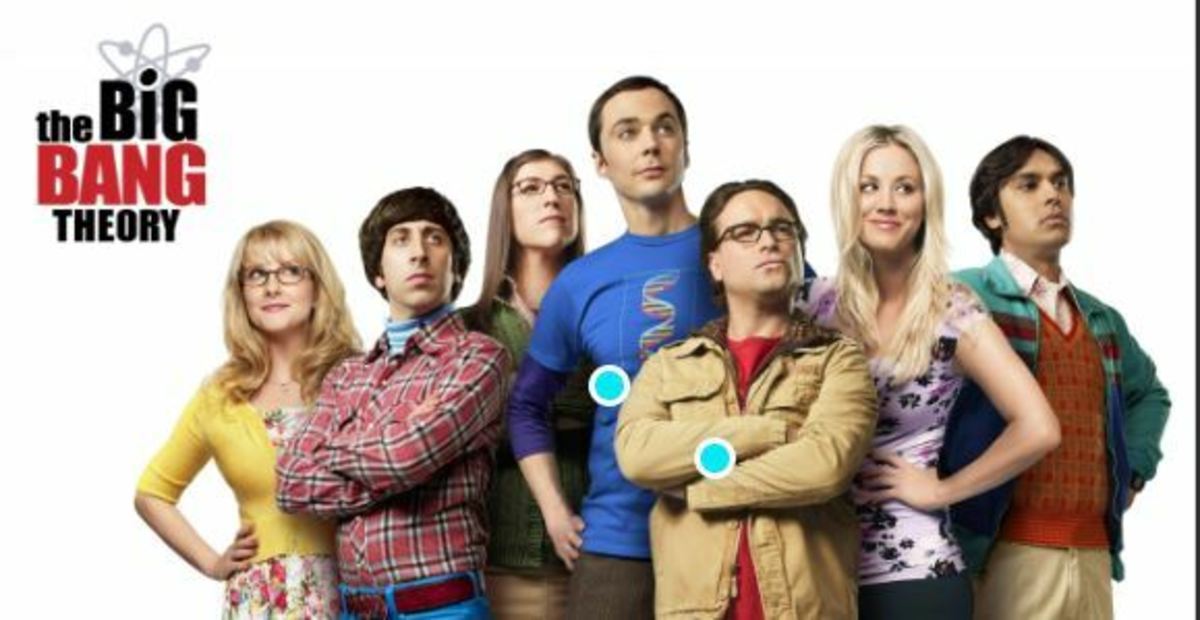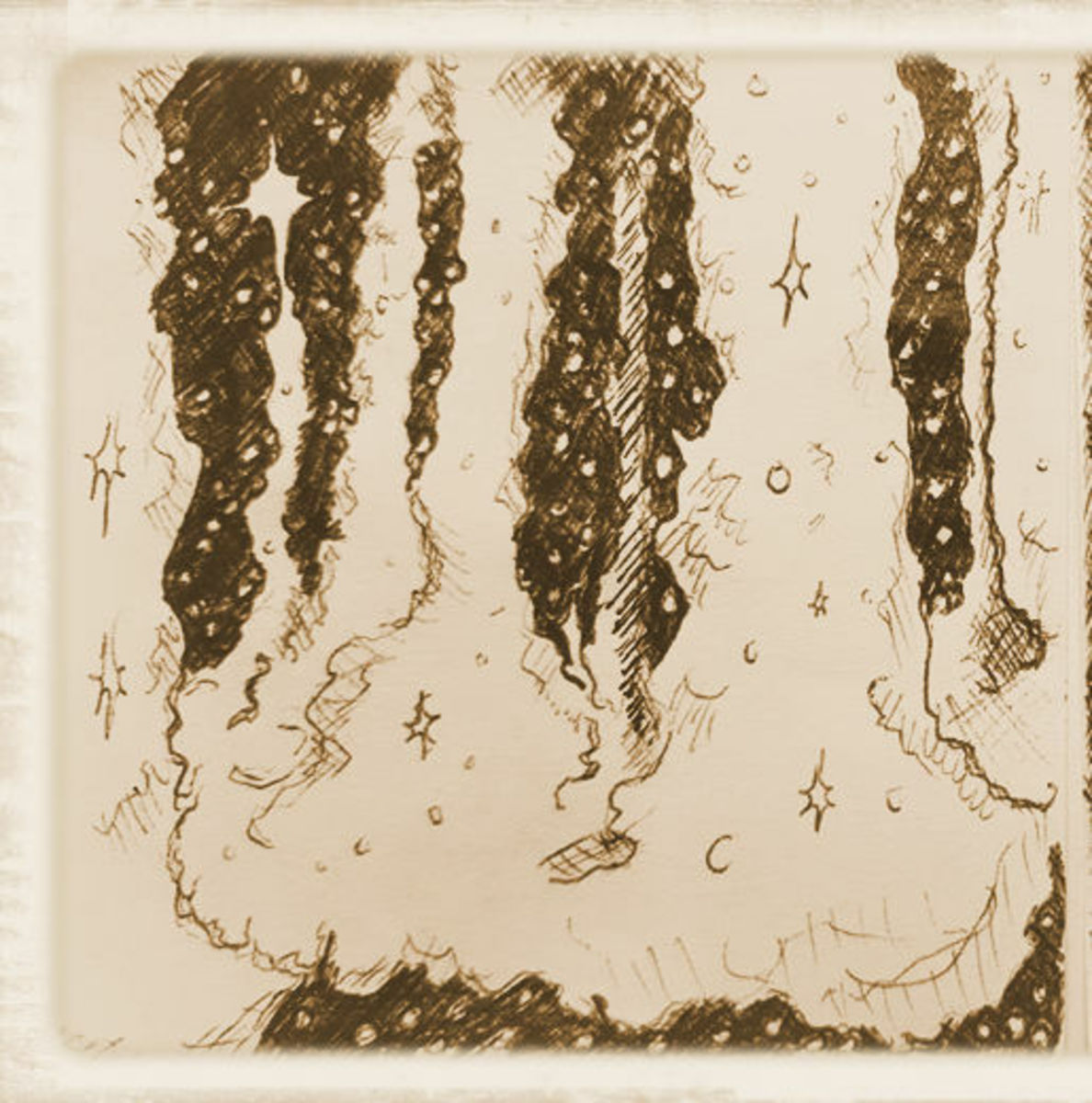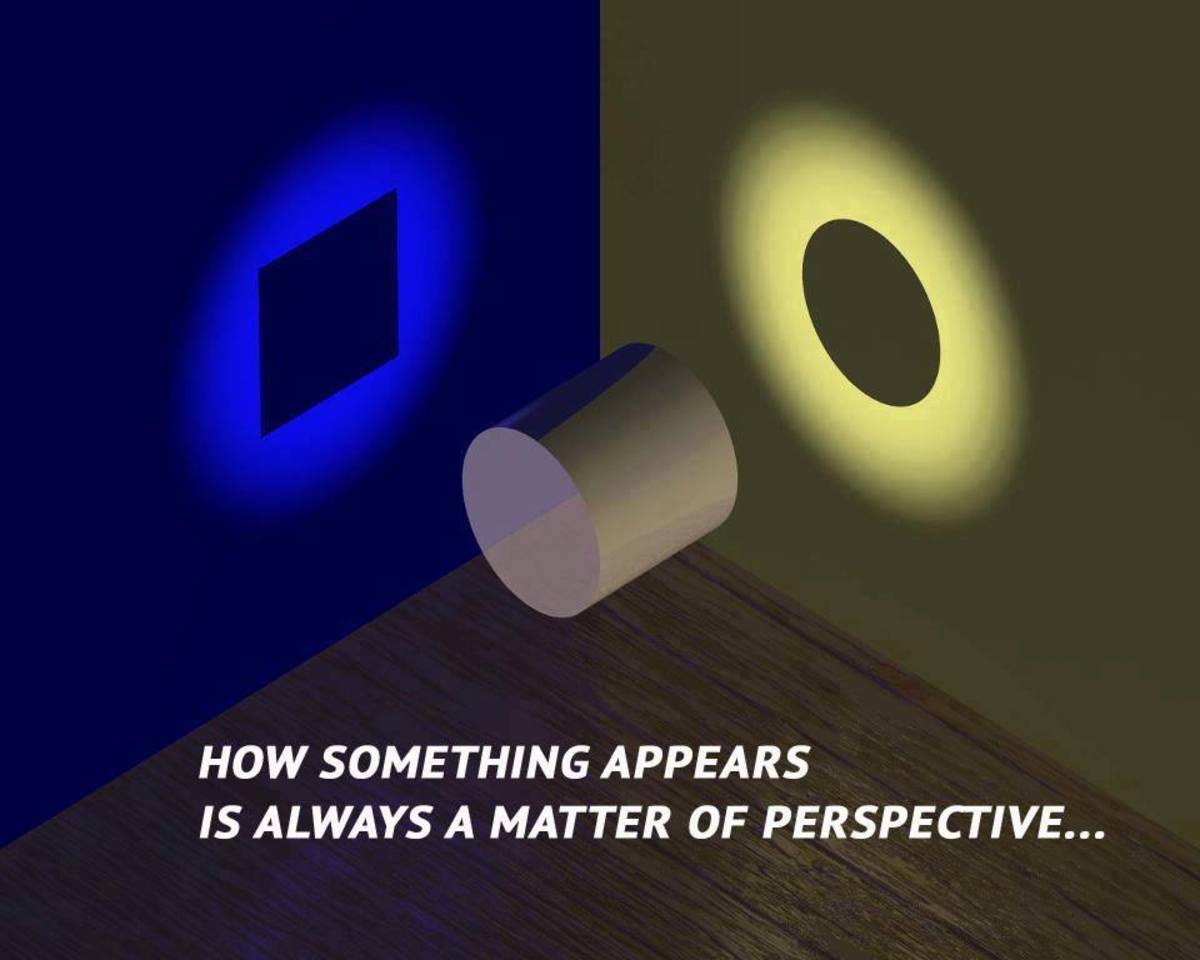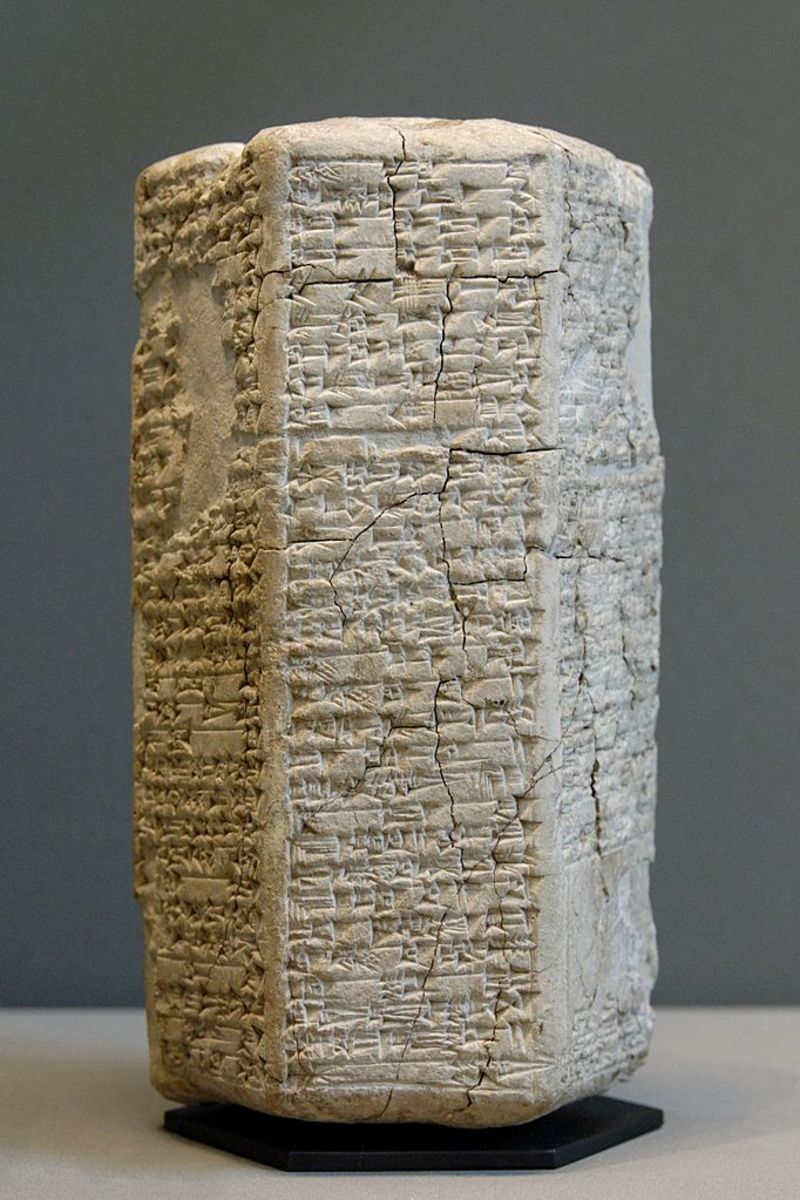The Big Bang Model - A Timeline of Events Explained
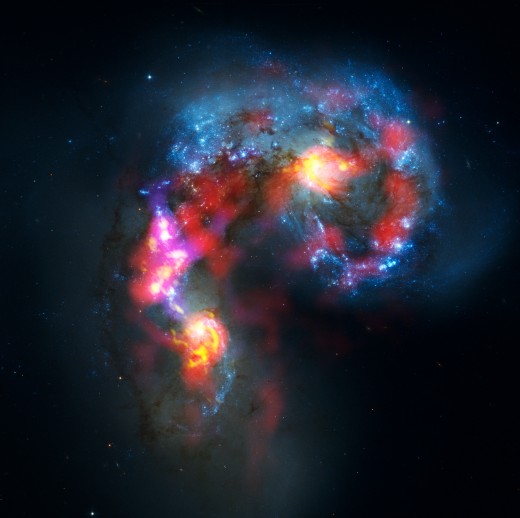
The Big Bang, apart from being a popular TV sitcom, is a cosmological event describing the origin of the universe in scientific language. It is an attempt to marry the present observable properties of the universe with our fundamental understanding of the laws of physics and to work that backwards in time as far as possible. It tends to be flung around in discussions and debates as a popular buzz word and is met with harsh criticism by proponents of supernatural creationism for example, those who assert that God created the universe. The problem, I find, is that most people who are aware of the big bang theory are very much unaware of how it works. Furthermore and perhaps most troubling, they are unaware that people far more educated than themselves, who are experts in cosmology and astrophysics, have their own doubts and criticisms about the theory, which they are still trying to square with current observational data. Having said that, if you interpret this as an admission of how weak the theory is, you are dead wrong. The reality is precisely the opposite. It's the continued rigor of scrutiny applied by the scientific community that has refined the big bang theory to the degree of accuracy that it holds today. It is necessarily incomplete because we lack a Grand Unification Theory as well as a way to account for much of the mass in the universe but it is still the best theory available and will continue to solidify into a complete model as we inevitably uncover the missing pieces of the puzzle, given sufficient time.
The Big Bang in a Nutshell
Most people who have a general idea of what the big bang is, think that it involved a massive, powerful explosion from essentially nothing, billions of years ago and that all the matter and energy and life we know today somehow precipitated out of that primordial fireball. However the sequence of events are highly technical and without a good appreciation of what actually took place, it's naturally hard to accept the conclusion that we have this beautifully sophisticated yet balanced universe that escapes the wildest dreams of any engineer or architect. It's equally difficult to wrap your head around how a video game like Half-Life 2 could be comprised of zeros and ones or how every unique human being could be defined by 4 letters of the alphabet, yet these are facts we now accept because we took on the burden of understanding them. As something that evolves just like we do, science seeks to add to the body of knowledge by replacing existing models with more accurate ones. The older models are thus discarded. Why hold on to an archaic mythology of creation when more logical alternatives exist? A model need neither be complete nor 100% accurate to be better than a competing model. We have always sufficed with provisional knowledge for as long as we've existed on this Earth. For better or for worse, we are still here but had we foolishly decided not to embrace provisional truths, we would never have made the leaps and strides that brought us to this day. In fact we might not have made it as a species. Our survival depended upon our continued reliance on current information and a willingness to let go of old superstitions. Let's have a look at where the big bang stands today and how it is supposed to have worked.
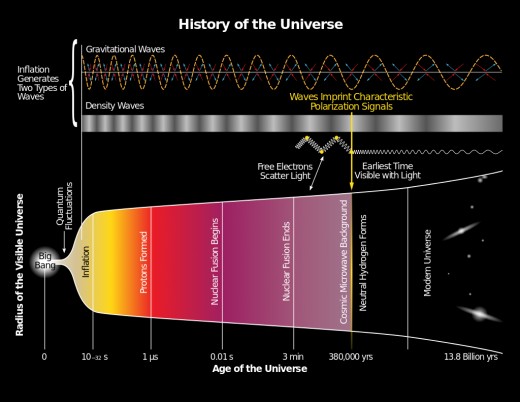
The smallest unit of time is the smallest interval over which any sort of change could take place. Scientists have denoted this as the Planck time, after the eminent physicist, Max Planck. Therefore the first unit of time since the beginning of the universe is called the Planck era. Anything that occurred within this interval is currently not open to useful speculation for a couple of reasons. First, everything was so hot, small and dense that we would need a quantum theory of gravity to properly describe what was going on. We don't have that yet, as such a theory would be the missing piece we've been searching for to form a grand unification theory. The other problem is that the substance or fabric of the universe, which permeates even the vacuum we long though empty, is what we call space-time, tying together the spatial and temporal dimensions. It is thought that at the very beginning of the big bang, space and time were not distinct from each other but were unified. This makes the concept of time meaningless, as it didn't yet exist. How then are we to speak of events? This is why, at least for now, the big bang is described in detail from the end of the Plank era forward. That is to say, we only have an idea of what happened AFTER 10^-43 seconds post-bang. Also keep in mind that while it may be tempting to assume that a perfectly symmetrical universe ought to form from a perfectly symmetrical (and unified) singularity, quantum theory and the inherently uncertain and probabilistic nature of matter and energy dictate that asymmetry will form spontaneously on its own. While this doesn't sit well with many people, we know that quantum theory is sound... bizarre but sound. From this point up until T = 10^-38 seconds (the GUT era), the weakest of the 4 fundamental forces, gravitation, split from the other 3. Up until that point, all the forces were unified and if we had a grand unified theory, it would be well suited to describe the physics prior to this split. With gravitation having broken off from the other 3 forces, the next force to break symmetry was the strong nuclear force. This occurred at around T = 10^-38 seconds and lasted until T = 10^-10 seconds in what is called the Electroweak Era. The strong nuclear force is responsible for "gluing" atomic nuclei together, things like neutrons and protons, despite the electrical repulsion. It is also at this time that the Higgs scalar field conveyed mass and inertia to matter while simultaneously giving a strong repulsive quality to the vacuum of space for a brief time. This is the famous "inflationary period" in which space-time literally flew away from itself in a rapid expansion until the Higgs scalar field normalized somewhat to a lower energy state (still repulsive however), well before the end of the era. Between T = 10^-10 and T = 1 msec the last 2 remaining forces split from each other, electromagnetism and the weak nuclear force. By this point, the possibility for characteristics like mass and now charge meant that elementary particles of all sorts from hadrons to leptons to bosons were able to interact with each other. Matter and anti-matter annihilated one another while radiation spontaneously produced new matter and anti-matter pairs. The entire universe was still hot enough to prevent the formation of heavier particles so it remained a seething froth of plasma.
For the next 3 minutes, the era of nucleosynthesis dominated. Since there was an excess of normal matter, almost all of the anti-matter had been annihilated, leaving what was left to form light elements like hydrogen, helium and some lithium, the basic building blocks of future stars. At this time, the temperature of the universe was in a critical window where it was hot enough to permit nuclear fusion by overcoming the electromagnetic repulsive forces but cool enough for those bonds to hold without the nucleons immediately flying apart again. At the end of nucleosynthesis fusion could no longer be sustained. By the time nearly half a million years had elapsed, the universe then cooled sufficiently for electrons to settle into stable orbits around nuclei, forming neutral atoms and the plasma haze finally cleared, allowing mass-less radiation to permeate the intervening space without interacting. The universe took on a transparency and became observable for the first time. These are the earliest moments that we can observe in our universe's history. The universe expanded and cooled until nearly a billion years had passed, while remaining fairly homogeneous. Whatever energy remained which was not converted into matter would become the microwave background radiation we detect today.
The Energy Signature of the Big Bang
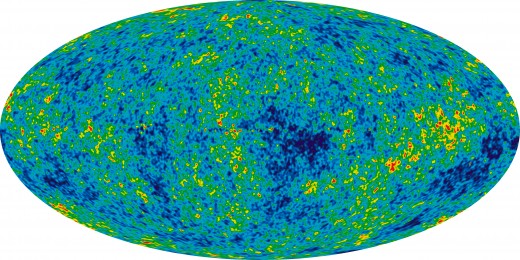
After almost a billion years, the universe had expanded and cooled sufficiently for very minor perturbations in matter distribution in the universe to grow. Gravity brought clumps of matter closer and closer in a runaway process that heated large pockets of gas and formed the first quasars, intensely energetic, hot clouds of gas that caused atoms to re-ionize, turning the universe back into a hot plasma once again. However this time, the universe was large enough that the plasma couldn't fill it evenly and gravity continued to consolidate matter into more compact structures, which we know as stars. The first stars burned hot and died quickly, producing heavier elements and subsequent generations of stars which were cooler and longer-lived. Stars of all kinds aggregated into galaxies, held together by rotation and gravitational forces. Solar systems containing rocky planets then became possible at around 9 billion years due to the repeated death of older stars producing heavier and heavier elements. Expansion of space-time and consolidation of matter has persisted slowly ever since, which brings us to where we are today, 13.8 billion years after the universe began. The microwave background radiation that we observe is the remnant energy signature of the portion of the big bang that did not get converted into matter and which become increasingly diluted and red-shifted over billions of years of degradation in an expanding universe.
This is admittedly a study in-breadth, as a more detailed deep-dive into the big bang process would be more appropriate, given a precursory background course in physics. However, there is still enough content here to gain a deeper insight into what would otherwise be just a buzz word. That's important because it may just change your perspective on how everything came to be. We still can't answer the BIG question of why the universe began or how that initial kernel blew up at T = 0 but the honest and curious among you may be content in waiting a little longer for those answers, while relinquishing some long held beliefs about the origins of our planet and of our species, which hopefully now seem that much more obsolete.



